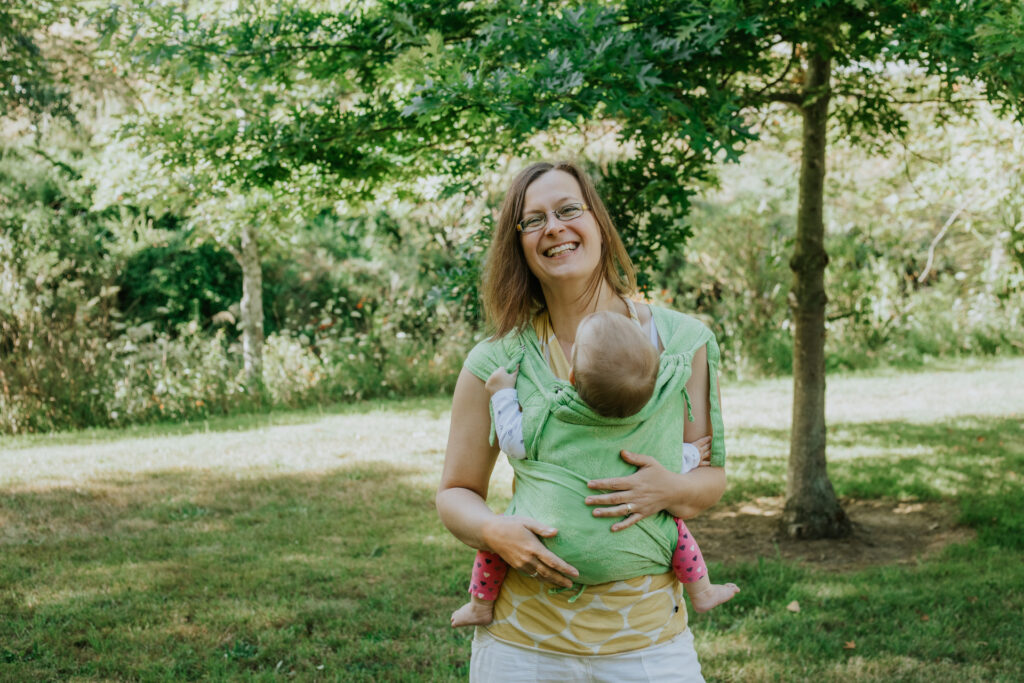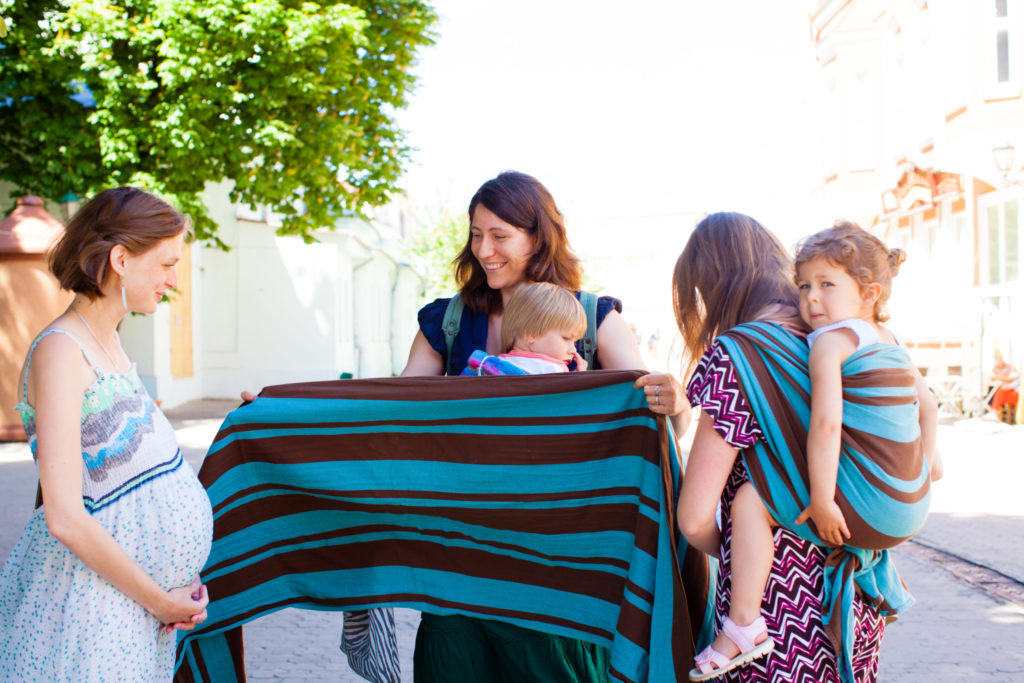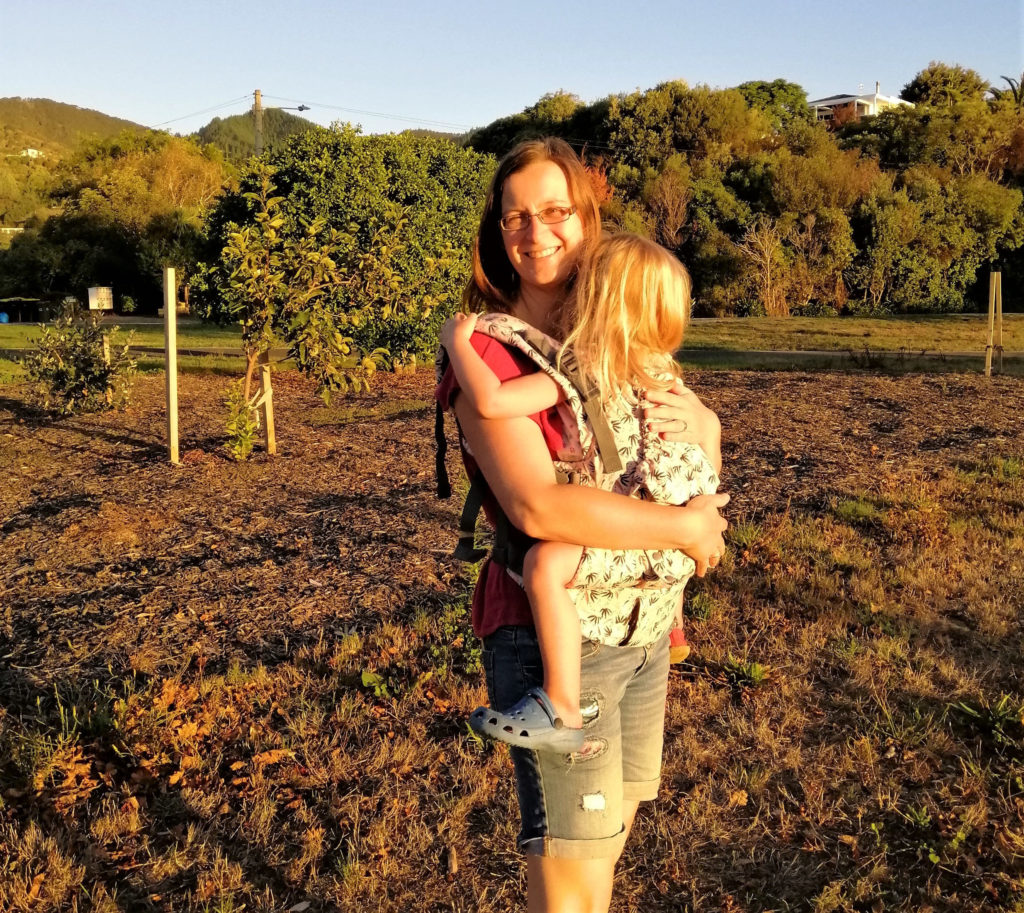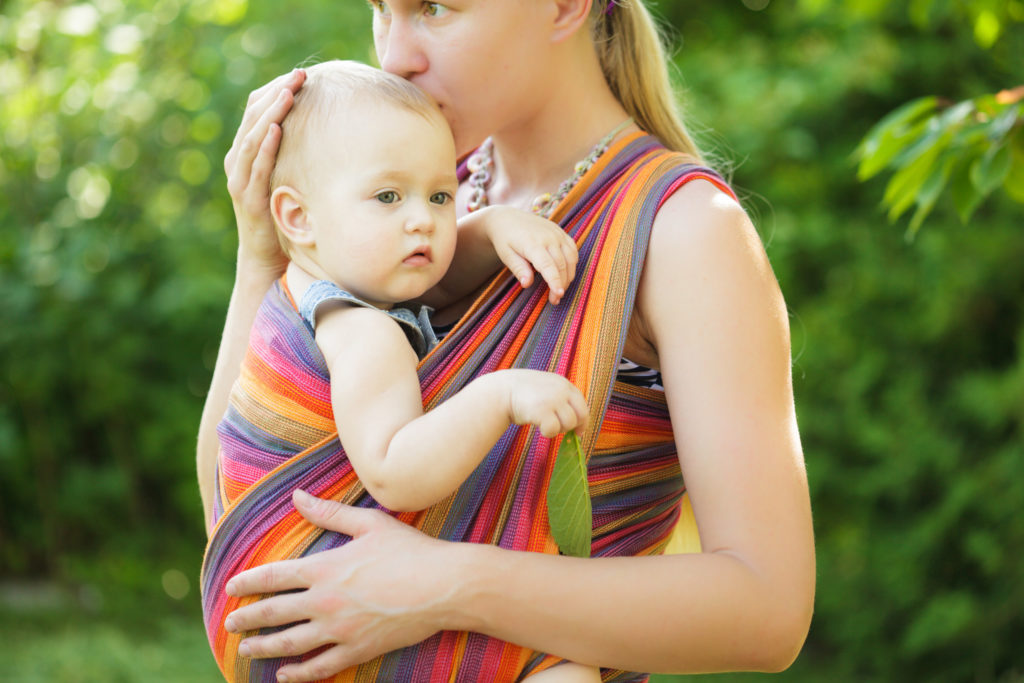These last few weeks have been crazy for my little family and me and I’m guessing that it is not much different for you! In the last three weeks we were in Spain (to visit friends), spent our last days in Germany and decided short notice to fly back to New Zealand before borders were being closed. Once back in New Zealand we went straight into self-isolation and watched New Zealand moving swiftly into lockdown within a week.
And here we are now. Lockdown for 4 weeks or possibly longer. And even though this time may seem a little tricky with a three-year-old, I think it is nothing compared to becoming a new parent. Because this is the time when you would need support from family and friends the most. Someone, who just comes around and drops off some pre-cooked dinner or someone, who answers your countless questions.
I have been wondering how I may be able to help those of you out there who are pregnant, have a newborn or a baby. Are you thinking about buying a carrier (once this is possible again), and are simply overwhelmed by the number of different carriers that are on the market? You are not the only one!
Usually, my first reaction would be to advise you to find a local babywearing group or library or a babywearing consultant where you can try different types of carriers, before you buy one. But right now, this isn’t possible. And in fact, for lots of parents who live rurally this will never really be an option. Therefore, I have written down a few tips that may hopefully help you in finding a great carrier.
…
4 tips how to best choose a carrierRead More »








